The rubber hand illusion experiment manipulates body perception by making people feel that a fake hand is their own. A standard questionnaire assesses this illusion, with specific statements targeting two aspects: the "referral of touch" (RoT) from the fake hand and the "sense of ownership" (SoO) over it. Despite the questionnaire's popularity, its psychometric properties haven’t been rigorously analyzed, and RoT and SoO items are often used interchangeably in studies.
In this study, we used Exploratory Graph Analysis to examine the item structure and looked at correlations between SoO and RoT statements in various conditions. Our results show that while SoO and RoT are related, they may represent distinct aspects of the illusion.
We also found moderate correlations between control and illusion items, suggesting that control items may still reflect elements of the illusion. These findings highlight the need for more detailed analysis of body illusion questionnaires to refine their interpretation and application.
This is a joint effort of Giorgia Tosi (University of Milano-Bicocca), University of Reading Malaysia, and the University of Skövde.
